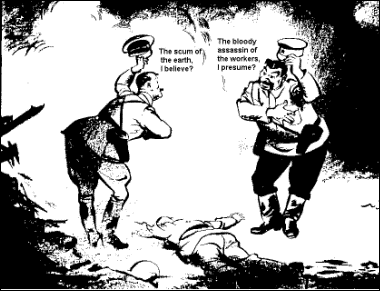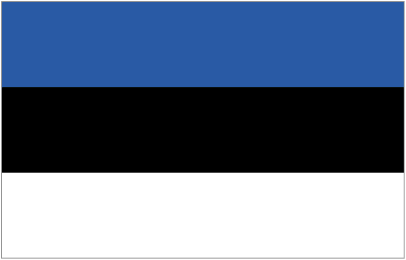The West read the headlines in shock…
The two most bitter enemies in Europe, Adolf Hitler and Joseph Stalin, had signed a non-aggression pact.
What did it mean? The end of peace and the beginning of the most devastating war in history.
In spite of concern over Nazi Germany’s buildup of military power, the Britain and France had been wary of signing any alliance treaty with the Soviet Union, whom they considered merely the lesser of two evils (and the further of the two, geographically).
Russia had no choice but to oppose Germany, or so the Britain and France believed. Hatred of communism was a founding principle of Hitler’s Nazi movement, and the feeling in Russia toward Nazism was mutual.
Evidently though, pragmatism outweighed principle.
Hitler used the West’s alienation of the Soviet Union to his advantage. On August 23, 1939 Hitler and Stalin signed the Nazi-Soviet Non-Aggression Pact. It stated, simply, that the two countries would not attack each other. In other words, it cleared the path for Hitler to attack Poland, knowing Russia wouldn’t attack from the East, should Britain and France attack from the West.
With the two-front war threat out of the way, German tanks rolled into Poland, claiming to do so in retaliation for outbreaks of violence on the German-Polish border.
Weeks later the world got a hint of the other part of the Non-Aggression Pact. It was actually a co-aggression pact. Hitler would attack Poland from the West; Stalin would attack from the East. The USSR would get Estonia and Latvia, Germany would get Lithuania, and the two would “split” Poland down the middle.
Germany’s blitzkrieg against Poland was so swift that Stalin was forced to attack Poland sooner than he’d expected. The Poles, who had managed to hold off Germany for two weeks, fought on for another month as their country was hopelessly devoured from both ends by two of the strongest military powers in the world.
The Pact was meant to last 10 years. Hitler broke it in less than two, invading the Soviet Union in 1941.
Though Germany was defeated in 1945, Poland, Lithuania, Latvia, and Estonia remained in Soviet possession. The West was not anxious to spill more blood in central Europe after 6 years of war. Poland was recognized as an independent country in 1952 but remained under Soviet control. However, the Baltic States would wait until the 1990s to regain independence.
In 1986, protesters gathered in 21 cities across the world on the anniversary of the infamous pact, to protest specifically the secret provision signed by Hitler and Stalin that still determined the map of the Baltic. A provision that the Soviet Union still officially denied existed. Three years later, on the 50th anniversary of the pact, two million Estonians, Latvians and Lithuanians joined hands to form the “Baltic Way”. A human chain that stretched 600 kilometers across the three republics.
Four months later the Soviet Union officially acknowledged the existence of the secret provision of “the Devil’s Pact”.
The nationalistic fervor that spread from to Baltic to other Soviet republics hastened the breakup of the mighty empire that once swallowed them.
Today August 23 is recognized as “Day of Remembrance for Victims of Stalinism and Nazism”.




